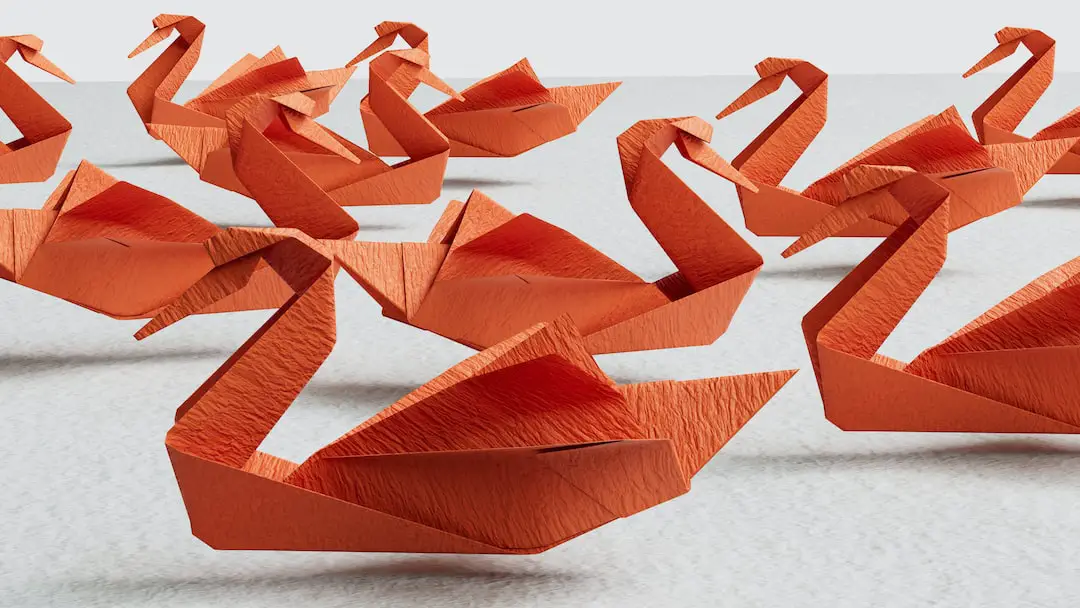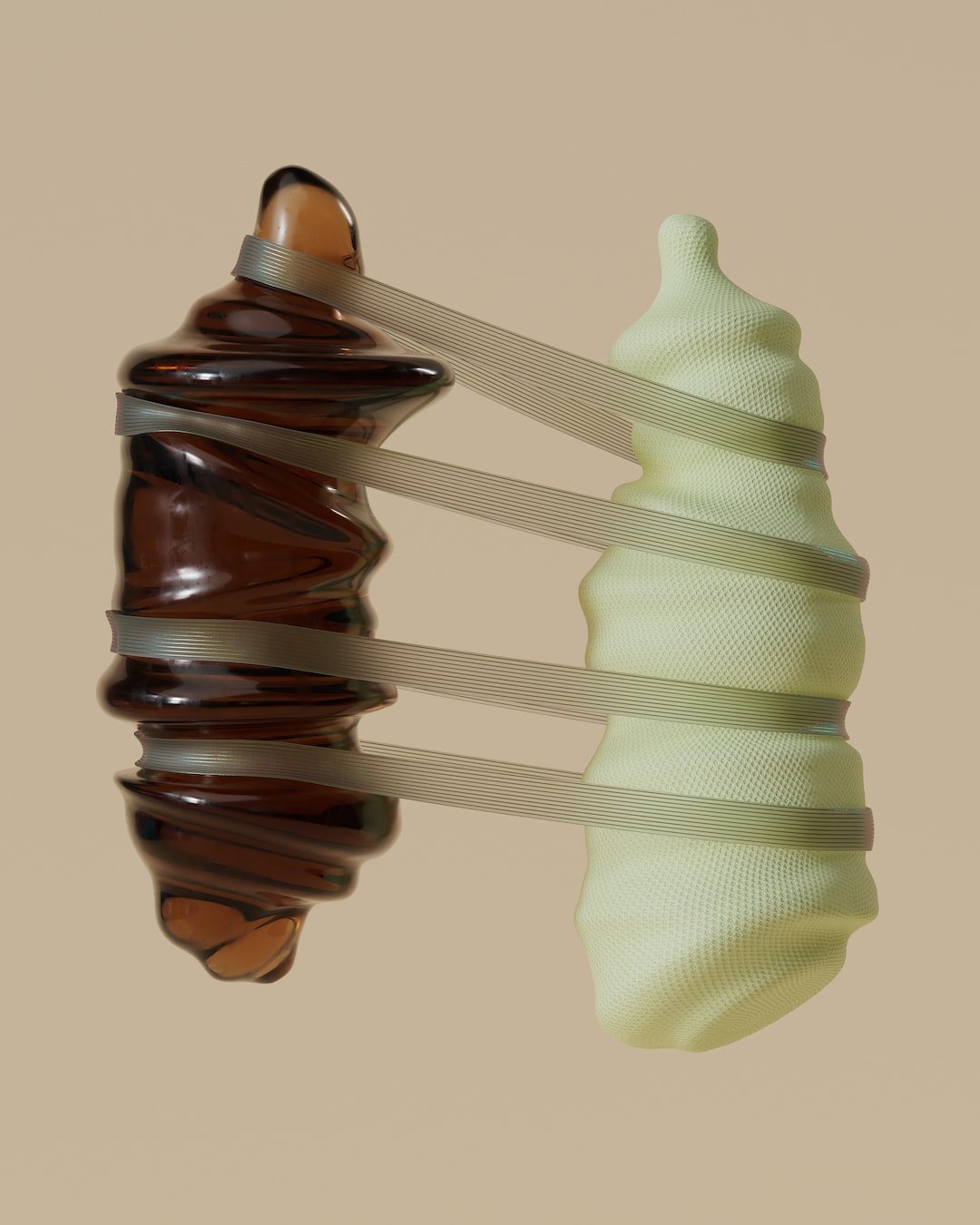Support our educational content for free when you purchase through links on our site. Learn more
How Tough is 3D Printed Plastic? A Comprehensive Guide [2023]

Plastic is one of the most commonly used materials in 3D printing, but how tough is 3D printed plastic really? This comprehensive guide will explore the strength and durability of 3D printed plastic, as well as factors that affect its strength and techniques to improve it. Whether you're new to 3D printing or a seasoned enthusiast, this guide will provide you with all the information you need to know about the toughness of 3D printed plastic.
Table of Contents
- Introduction
- Types of Plastic Used in 3D Printing
- Factors Affecting the Strength of 3D Printed Plastic
- Techniques to Improve the Strength of 3D Printed Plastic
- FAQ
- Quick Tips and Facts
- Useful Links
- References
Introduction
3D printing has revolutionized the manufacturing industry, allowing individuals to create complex objects at home or in a small workshop. One of the key advantages of 3D printing is the ability to use various materials, including plastic, to produce functional and aesthetically pleasing objects. But how tough is 3D printed plastic? The answer depends on several factors, including the type of plastic used, print settings, and post-processing techniques. In this guide, we'll explore these factors in detail and provide you with tips and techniques to maximize the strength of your 3D printed plastic parts.
Types of Plastic Used in 3D Printing
There are several types of plastic commonly used in 3D printing, each with its own unique properties and characteristics. Understanding these different types of plastic is crucial for determining the toughness of 3D printed parts. Some of the most popular types of plastic used in 3D printing include:
-
Polylactic Acid (PLA): PLA is one of the most widely used plastics in 3D printing due to its ease of use and biodegradability. It is known for its strength and rigidity, making it suitable for a wide range of applications. However, PLA may not be the best choice for parts that require high impact resistance or need to withstand harsh environments.
-
Acrylonitrile Butadiene Styrene (ABS): ABS is a strong and durable plastic that offers excellent impact resistance. It is commonly used in the production of functional prototypes, automotive parts, and household items. ABS prints can be prone to warping and emit potentially harmful fumes during printing, so proper ventilation is essential.
-
Polyethylene Terephthalate Glycol (PETG): PETG is a versatile and strong plastic that combines the best properties of PLA and ABS. It is more durable than PLA and less prone to warping than ABS. PETG is widely used in applications where strength and impact resistance are required, such as mechanical parts and protective casings.
-
Nylon: Nylon is a highly versatile plastic that offers excellent toughness and resistance to wear and tear. It is commonly used in applications that require high strength and durability, such as functional parts, gears, and bearings. However, printing with nylon can be challenging due to its high moisture absorption and high printing temperatures.
-
Polypropylene (PP): PP is a lightweight and flexible plastic that offers good chemical resistance and low moisture absorption. It is commonly used in applications where flexibility and fatigue resistance are important, such as hinges, living hinges, and snap-fit connections. However, PP can be challenging to print due to its low adhesion to the printing bed.
These are just a few examples of the plastic materials used in 3D printing. Each material has its own unique properties, and choosing the right one for your application is crucial for achieving the desired strength and toughness of the final printed part. Experimenting with different materials and understanding their characteristics will help you select the most suitable material for your specific needs.
Factors Affecting the Strength of 3D Printed Plastic
The strength of 3D printed plastic is influenced by several factors, including material properties, print settings, and post-processing techniques. Understanding these factors will help you optimize the strength of your 3D prints. Let's take a closer look at each of these factors:
Material Properties
Different plastic materials have varying levels of strength, impact resistance, and flexibility. Some materials, like PLA, are rigid and brittle, while others, such as nylon, are more flexible and resistant to impact. When choosing a material for your 3D printed part, consider the specific requirements of your application and select a material that offers the desired properties.
Print Settings
Print settings, including layer height, infill density, and print speed, can significantly impact the strength of 3D printed plastic. The choice of these settings depends on several factors, such as the desired strength, print time, and printer capabilities. For example, printing with a higher infill density and smaller layer height will typically result in stronger and more durable prints, but at the cost of longer print times.
Bed Adhesion
Proper bed adhesion is crucial for preventing warping and ensuring the integrity of your 3D prints. Poor bed adhesion can lead to delamination, where the layers of the print separate, resulting in a weaker part. To improve bed adhesion, ensure that the printing bed is clean, level, and properly calibrated. Using adhesion aids, such as a brim or a raft, can also help promote better bed adhesion.
Post-Processing Techniques
Post-processing techniques, such as annealing, chemical smoothing, and reinforcement, can enhance the strength and durability of 3D printed plastic parts. For example, annealing PLA prints in an oven can increase their heat resistance and rigidity. Chemical smoothing techniques, such as acetone vapor smoothing for ABS prints, can create a smoother surface finish and improve the part's strength. Consider exploring various post-processing techniques to optimize the strength of your 3D printed plastic parts.
Techniques to Improve the Strength of 3D Printed Plastic
While plastic may not be as inherently strong as some other materials, there are several techniques you can use to strengthen your 3D printed parts. Here are some proven techniques that can enhance the strength of 3D printed plastic:
-
Increase Infill Density: Increasing the infill density of your prints will result in a higher percentage of plastic material within the printed part, resulting in increased strength. However, keep in mind that higher infill densities can also increase print time and material usage.
-
Adjust Print Orientation: Changing the orientation of your model can significantly affect its strength. In general, printing parts with the largest surface area flat on the print bed will result in stronger prints. This is because the layers bond more effectively, improving the overall strength of the part.
-
Use Stronger Filaments and Composites: Consider using stronger filaments, such as carbon fiber-filled PLA or nylon composites, to improve the strength of your prints. These materials contain reinforcing fibers or particles that enhance the mechanical properties of the plastic.
-
Modify Layer Bonding: Adjusting print settings, such as nozzle temperature and cooling fan speed, can affect the adhesion between layers. Experimenting with these settings can help you find the optimal conditions for maximizing layer bonding and, consequently, the overall strength of your prints.
-
Implement Structural Supports: Complex, overhanging geometries can benefit from structural supports to maintain their integrity during printing and post-processing. Introducing supports can improve the strength of delicate or intricate parts by providing additional stability.
By incorporating these techniques into your 3D printing workflow, you can significantly improve the strength of your 3D printed plastic parts.
FAQ
Is 3D printer plastic durable?
Yes, 3D printer plastic can be durable depending on the material used and the design of the printed part. Certain materials, such as ABS and nylon, offer excellent durability and can withstand stress and impact. However, it is important to consider the specific requirements of your application and select a material that offers the desired level of durability.
How long does 3D printed plastic last?
The lifespan of 3D printed plastic can vary depending on several factors, including the material used, the design of the part, and the conditions in which it is used. Generally, well-designed and properly printed parts can last for a long time. However, over time, plastic may degrade due to UV exposure, heat, or other environmental factors. It is recommended to avoid exposing 3D printed plastic parts to prolonged direct sunlight or extreme temperatures to extend their lifespan.
What is the toughest material for 3D printing?
While there isn't a single "toughest" material for 3D printing, there are several materials known for their high strength and durability. Nylon, particularly carbon fiber-reinforced nylon, is known for its toughness and resistance to wear and tear. Other materials, such as ABS and polycarbonate, also offer excellent toughness properties. The choice of the toughest material will depend on the specific requirements of your application.
Quick Tips and Facts
- Post-processing techniques like annealing and chemical smoothing can significantly enhance the strength of 3D printed plastic parts.
- Using stronger filaments and composites, such as carbon fiber-filled PLA or nylon composites, can improve the strength of your 3D prints.
- Increasing the infill density of your prints can result in stronger and more durable parts.
- Carefully choosing the right plastic material for your application is crucial for achieving the desired strength and toughness of 3D printed parts.
- Adjusting print orientation can impact the strength of your prints. Printing parts with the largest surface area flat on the print bed can result in stronger prints.
Useful Links
- 3D-Printed.org – A comprehensive resource for all your 3D printing needs.
- Amazon – PLA Filament
- Amazon – ABS Filament
- Amazon – PETG Filament
- Amazon – Nylon Filament
- Amazon – Polypropylene Filament
References

- All3DP: 3D Printing Plastics Guide – All You Need to Know
- PrusaPrinters: The Strength of 3D-Printed Parts
Don't hesitate to experiment with different materials, settings, and techniques to achieve the toughest 3D printed plastic parts for your specific needs. Remember to always consider the requirements of your application and choose the most suitable materials and techniques accordingly. Happy printing!
Note: This blog article is for informational purposes only. Please consult with professionals when it comes to specialized applications or critical parts.




